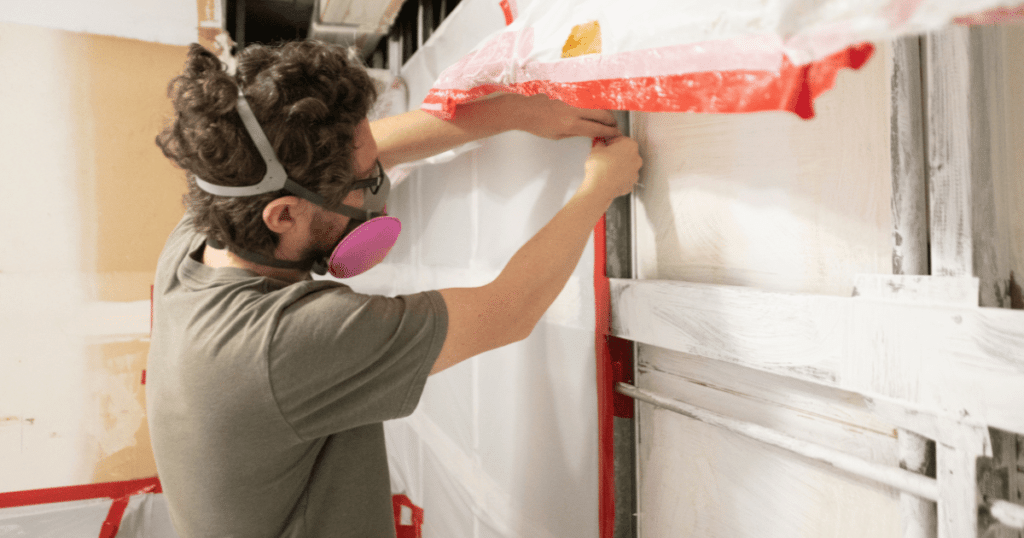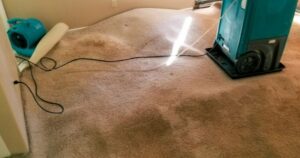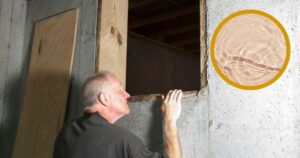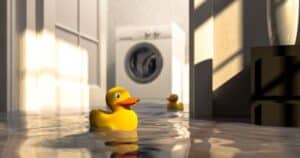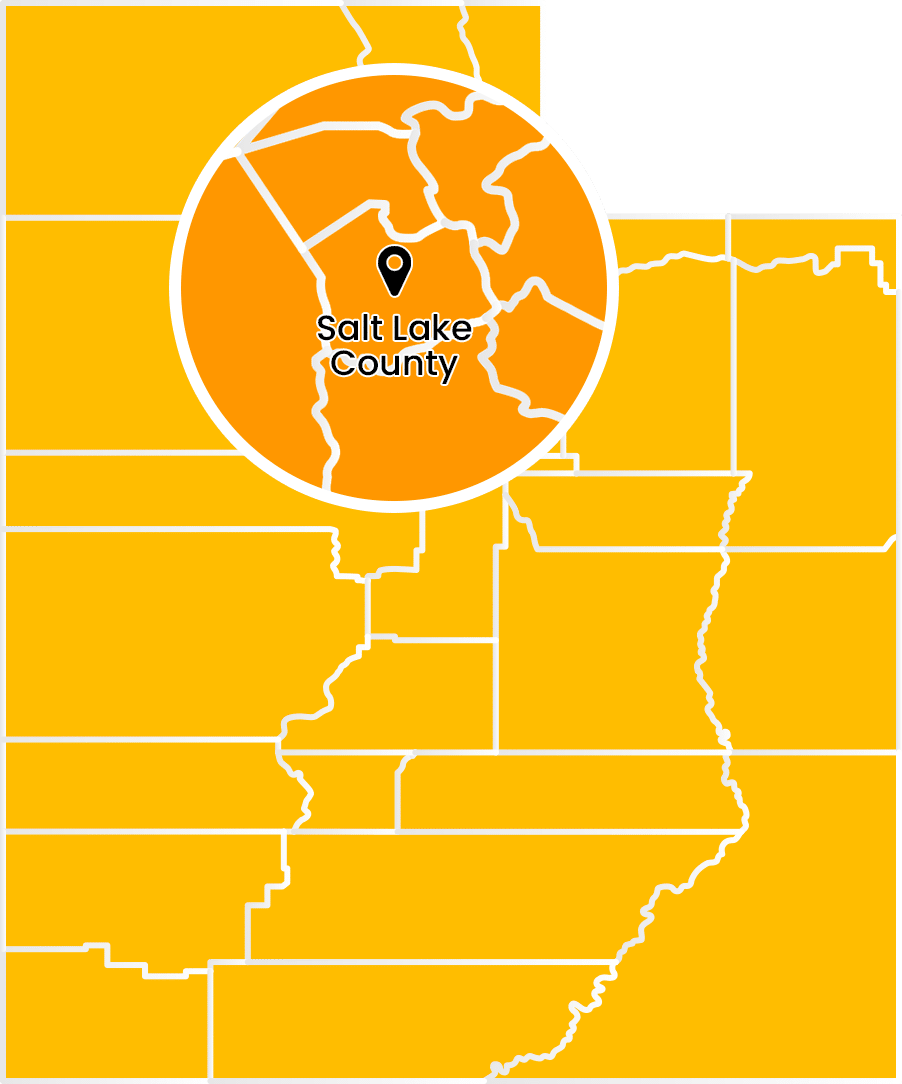Water damage can be a highly destructive force. Not only can it cause significant damage to your home or building, it can also pose health risks to you and your building’s occupants in the short and long term.
Exposure to damp and standing water can cause a variety of illnesses, including:
- Respiratory problems, including asthma, allergies, wheezing, coughing and difficulty breathing.
- Skin irritation and infections.
- Gastrointestinal problems, including diarrhea, vomiting and stomach cramps.
- Eye and ear infections.
- Bacterial and fungal infections, including Legionnaires’ disease (a severe form of pneumonia), Hepatitis A and leptospirosis.
To prevent these potentially serious and long-lasting illnesses, it’s important to avoid exposure to contaminated water and to address any water damage as soon as possible.
That said, the water damage restoration process itself also isn’t without its dangers.
Luckily, the water damage restoration experts at Summit Restoration have years of experience serving the people of Draper UT and the Salt Lake City area. Here, they share their expertise for protecting your health and safety during a water damage restoration operation.
What are the biggest risks posed by water damage?
Moisture in a property can cause various problems, regardless of the cause.
In addition to health risks, there are also safety concerns to consider during the water damage restoration process. These can include electrical hazards, slips and falls, and exposure to hazardous materials.
Here are just some of the risks posed by water damage to look out for in a property:
- Structural damage. Water damage can weaken the structure of a building in several different ways. It can rot wood, cause metal to corrode and make cracks appear in concrete – all of which can increase the risk of collapse.
- Mold growth. If a property is not dried out within 24 to 48 hours, mold can quickly form colonies, reproduce and spread. This can cause a range of health problems, from allergic reactions to respiratory problems. If it forms on upholstery or other porous surfaces, they will have to be disposed of.
- Hazardous materials in standing water. When there’s a lot of standing water in a property, harmful bacteria and viruses are a big concern. Stagnant water, especially if there has been a sewage backup, can be a breeding ground for all sorts of germs that can lead to serious illness. In some cases, floodwater can also carry hazardous chemicals, including pesticides, industrial chemicals or asbestos into your property.
- Electrical hazards. Strong winds and flood waters can down power lines and, as you know, water and electricity are a dangerous combination. Floodwaters can carry an electrical current, which can cause severe electric shock or electrocution if someone comes into contact with it. Likewise, floodwater can cause electrical systems and appliances to malfunction or short circuit, leading to electrical fires.
- Gas leaks. In a flood, rushing water can cause breaks in gas mains. A gas leak can be very dangerous; it can easily catch fire and trigger an explosion from another fire source or electrical spark.
- Uneven and slippery surfaces. Flood water not only can make floors slippery, if it’s deep enough, obstacles and debris can become hidden under the waterline, creating uneven surfaces and trip hazards.
How to protect your safety during water damage restoration
With all these potential hazards to consider, these are our top safety tips for carrying out water damage restoration:
1) Make sure the building is structurally sound before entering
Before carrying out water damage restoration, you must first consider if it’s definitely safe to enter the building.
You should call a building inspector if you see any structural damage to the outside of the house, such as cracks or a shifting of the foundation, or any damage caused by falling trees.
2) Check for fallen electricity cables and the smell of gas
When assessing the scene, if you smell gas or see any dangling electrical wires, call the utility companies (or police or fire department) to receive the all-clear to enter.
3) Wear personal protective equipment (PPE)
Once you’re reasonably sure that the property is structurally sound and safe to enter, you must ensure that you’re protected from what you may find inside.
To avoid allergic reactions and other health problems, you should always wear protective clothing before re-entering a water-damaged property. If you have a weak or compromised immune system, you shouldn’t enter a property at all until the cleaning is complete
Ideally, you should wear a mask and goggles to avoid breathing in mold spores and toxic fumes, as well as tight-fitting rubber gloves to protect your hands from contact with any other hazardous materials.
You should also wear clothing that covers your arms and legs and heavy footwear with good grip to avoid slipping.
4) Carefully assess the affected area
Once inside the property, you should carefully assess the affected area, making sure not to trip over hidden hazards.
Turn off the power to the affected area, using ground-fault circuit interrupters.
Then, assess and document the damage so you can file your insurance claim.
Avoid safety issues with water damage restoration professionals
If this all sounds overwhelming, consider bringing in a company which specializes in water damage restoration. They have the expertise and equipment necessary to start the water process immediately.
Water damage restoration can be a complex and dangerous process, but with the right knowledge and preparation, it’s possible to minimize the health and safety risks.
By working with a professional damage restoration company like Summit Restoration, you can ensure that your restoration process is completed efficiently, effectively and safely.
Submit an online form on their website or call now on (385) 469-2638.

